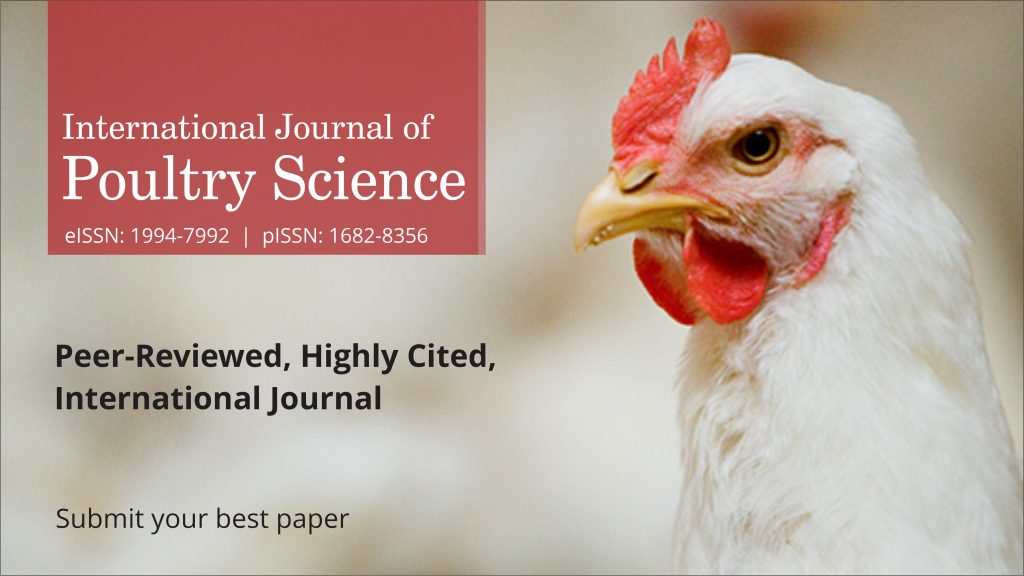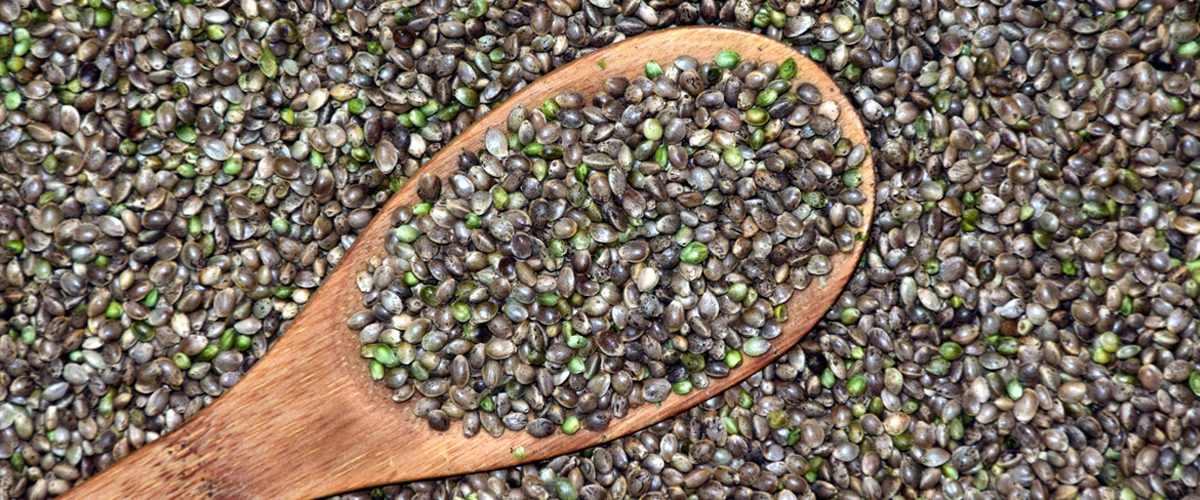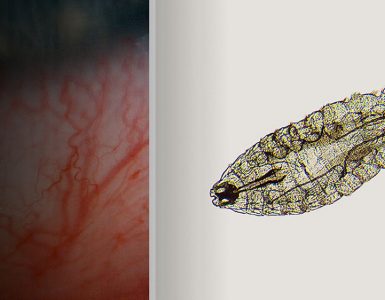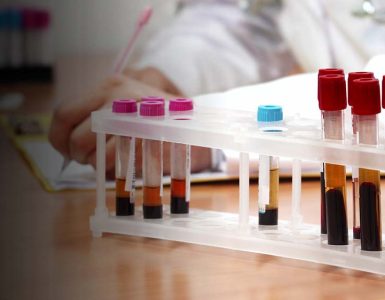Cannabis sativa L. is a dioicous plant that belongs to the family Cannabaceae and widely distributed all over the world. It has been used as a folk medicine ingredient, a psychoactive drug, and as a source of textile fiber since ancient times. The genetic variability of this plant makes its taxonomic classification very difficult. The genus Cannabis has been divided into three main species, a drug-type one, characterized by high levels of the psychoactive compound Δ9-tetrahydrocannabinol (Δ9-THC), named C. indica Lam., a fiber-type one, named C. sativa L., and another one with intermediate properties, named C. ruderalis Janisch. The crossbreeding of these species makes it feasible for researchers to generate hybrids. Whole hemp seed contains about 34% carbohydrate, 33% oil, 25% crude protein along with several minerals and vitamins. Parker et al. (2003) informed that hemp seed oil contains 75-80% polyunsaturated fatty acids including 60% linoleic acid and 17-19% α-linolenic acid . The nutrient composition of hemp products may serve as possibly valuable livestock feed ingredients.
In the past, the farming of hemp was banned due to the high content of (−)-trans-Δ⁹-tetrahydrocannabinol. This one is a psychoactive substance present in the hemp plant. Regulatory authorities of several countries allowed the legal cultivation of hemp for industrial use. This authorization/ license permits plant parts of the genera Cannabis that do not contain more than 0.3% THC (wt/wt) to use in the industry.

In the USA, hemp seed cake (HSC) has not been approved in diets for any class of livestock due to a lack of research and high concern due to its efficacy and safety. The basic issue is the non-availability of ample published research on the effect of feeding HSC on egg quality. Novel research conducted by Kasula et al. (2021) and published in the International Journal of Poultry Sciences to determine the effect of increasing levels of dietary HSC (10, 20, and 30%) on external egg quality parameters. The researchers evaluated the effect of HSC on egg quality in commercial laying hens and found that Dietary HSC up to 30% in layer feed did not adversely affect the egg weight and egg mass. Dietary HSC up to 30% improved external egg quality expressed by eggshell strength with no effect on eggshell thickness and internal egg quality as demonstrated by improvement in Haugh units, yolk pigmentation and lutein. Dietary HSC up to 30% enhanced the levels of omega 3 and 6 fatty acid levels and reduced their ratio, moreover, it did not influence the heavy metal and cannabinoid residues profile of eggs. Another study, Neijat et al. (2014) stated that hemp seed-based hens fed 30% had a significantly lower egg weight over control or the lower levels. Tatara et al. (2016) studied that the eggshell is not simply affected by its thickness but other factors such as mineral density, mineral content, and spatial micro architectural arrangement contribute to this characteristic.
















Add comment